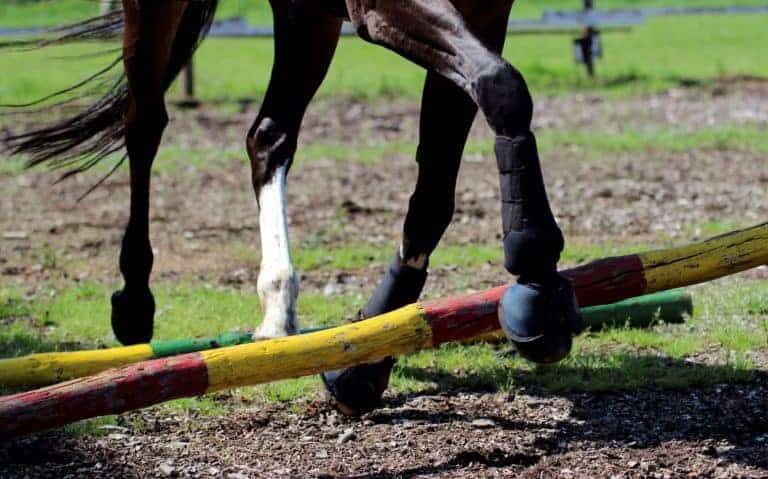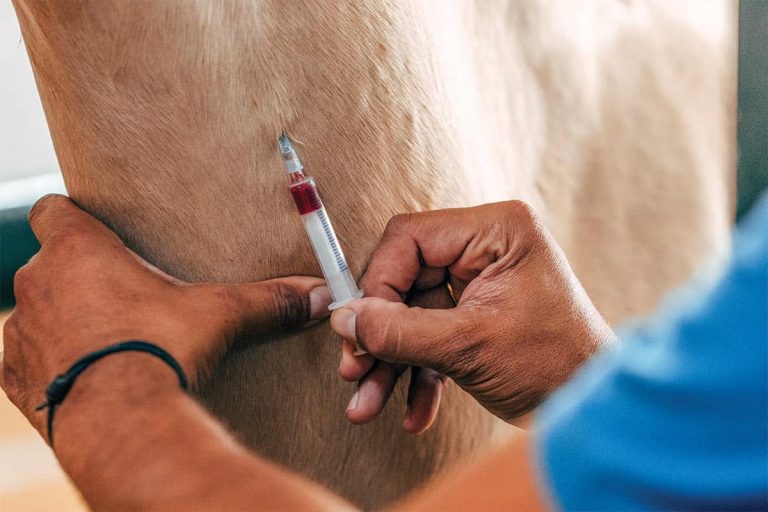
Weighty Issues
Equine obesity increases a horse’s risk for equine metabolic syndrome, laminitis, and insulin resistance. Owners can bring horses back to healthy body condition by replacing grain rations with a fiber-rich, low-carbohydrate diet, while increasing exercise to include daily workouts.
















